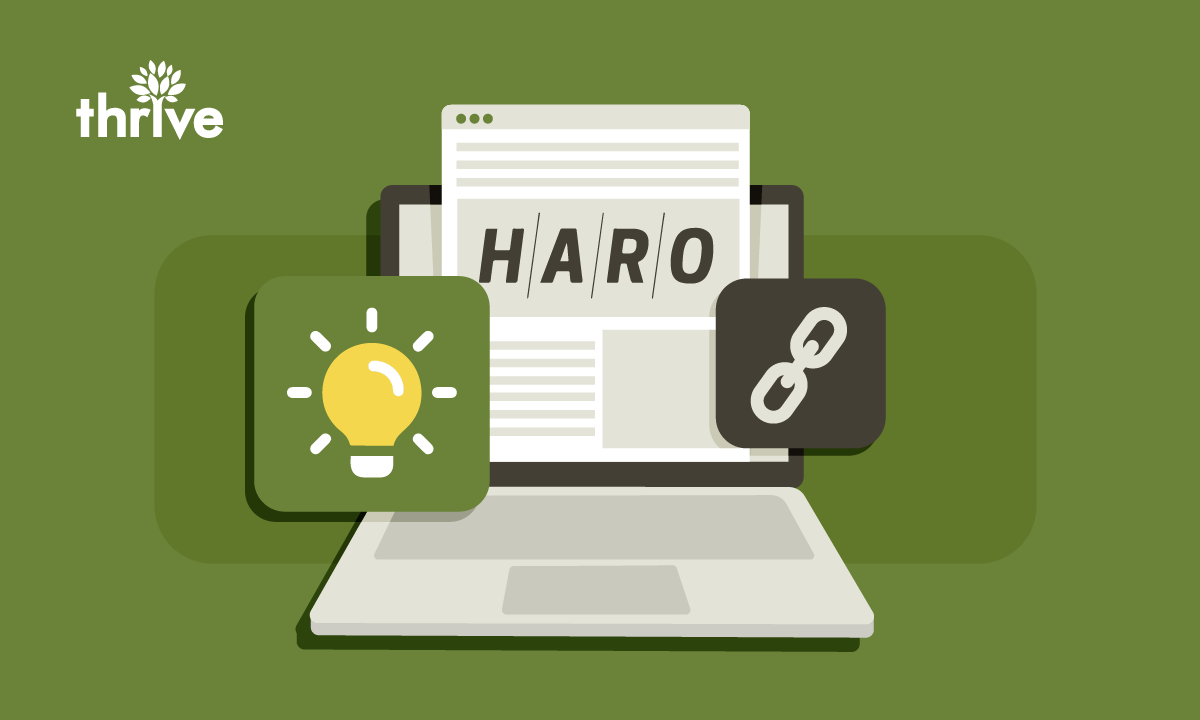- The Solo Founder Newsletter
- Posts
- 📰 Want to do DIY PR for your product? Read these.
📰 Want to do DIY PR for your product? Read these.
First, stay away from "the wire"
This issue is sponsored by….
Thanks to beehiiv, I no longer have to maintain my Wordpress site + 20 billion other plugins just to have a working newsletter. I’m proud to have them as a sponsor. If you’re interested in starting a newsletter, please do check out beehiiv. They have a very generous free plan to get started.

Are you doing PR like this?
Today issue is all about PR. More importantly, how to do it right if you want to do it yourself. Here’s the best advice I’ve found from people in the industry. The TLDR:
Don’t use “the wire”
Build relationships with journalists
Don’t treat them like a list of emails to blast at
📰 In today’s pick…
Why You Need That Press Release (Or Not) And How To Measure Success
Snippets:
The popular method to distribute a press release is through "the wire" - that is, one of the major online news distribution sites, like PR Newswire, Business Wire or PRWeb. Is this effective? Very rarely. But that's fine, because the wire is not your only option, and if you have really big news, it's not even your best option.
Press release reprints from the wire do not have the credibility of a news article written by a reporter. Plus, there's a misconception that press release reprints can significantly boost your search engine rank. Press release reprints are typically included on a separate page of a channel's website and can be hard to find. Sure, those releases do have some SEO value in that they can appear in searches for applicable keywords. But more often than not, press releases are published online for a short amount of time before they're taken down, meaning there's no long-term benefit for your SEO. Yep, you've been lied to.
Joëlle R (linkedin)
How to Build A Media List (Without Paying For One)
Snippets:
In-house/Freelance (Bonus tip) This is optional for building your media list, but I always check the author’s bio to see if they mention phrases like “freelance contributor.”
I typically like to know who I’m pitching because it helps me frame my pitch differently. Not entirely, but if the writer contributes to multiple sites that may be a good fit, you don’t want to limit the pitch.
For example, this author appears to have written for construction site ENR.
However, when I checked his bio, it said he is a freelance writer who covers the industry from the Washington, DC, metro area.
I like to note this in my media list so that when I go to pitch, my angle may be a better fit for a different site he writes for; maybe I have a DC-specific angle I can pitch.
Or I can dig to find other sites he writes for by Googling “Jim Parsons construction.”
These steps may seem tedious initially, but they will quickly become second nature. In the next section, I’ll show you how to employ them naturally.
If it feels like a lot, it’s because it is effective. I tend to discard more sites than I keep; instead, I’d contact 30 high-quality sites rather than 100 low-quality sites.
Notes: BuzzStream has some good guides on getting journalists coverage. While they do promote their own products, I found the articles to be useful on its own.
BuzzStream
⭐⭐⭐ How To Pitch to Journalists: Expert Tips From Techcrunch, NYT & More
Snippets:
Anthony Ha, Techcrunch
1) How many pitches do you receive by email per day?
The last time I counted, it was around 80 to my personal account (well, that’s emails, but most are pitches), and several hundred sent to [email protected] and forwarded to all of us.
2) What are some tips for writing a well-crafted email that you find hard to ignore? IE. was there anything that really impressed you from any recent email pitches you’ve gotten?
In general, a subject line that spells out what the news is and a pitch written in honest, plain English.
3) What are some pet peeves that makes you delete an email pitching their product?
Pitches that are impossible to understand because they consist primarily of buzzwords, or that obscure the actual news in a long introduction stretching to connect the company to news that’s more exciting. Also, there seems to be an uptick in “we’ve given the exclusive to another publication but we’ll let you publish 30 minutes later” pitches, and I HATE those.
Notes: Lot’s of good tips from different journalists in this post
BuzzSumo
The Advanced Guide To Startup PR
Snippets:
You should build your media story on three basic elements: your product, purpose, and passion. Using this framework allows you to illuminate the high-level, “big picture” stuff about your startup:
Product: Define exactly what your product or service is and/or what it does and where its niche offering fits into the existing industry landscape. To truly define your product, complete a competitive analysis very early if you haven’t already.
Purpose: Identify your company’s “Why?” What purpose does it have? What problem does your product or service solve, and for whom? You exist because of your target customer, so you must understand who they are and what they care about.
Passion: Use an enthusiastic, authentic tone that captures the passion, vision, and culture of your startup. You need to make your story and company human and relatable, so use real characters and events to shape your narrative. Honesty and vulnerability go a long way.
Neil Patel
How to pitch to a journalist in 2023 (with digital PR agency examples that really work)
Snippets:
Pitches that provide something of value to a journalist are more likely to succeed than those that don’t. Fact. Because we all want something for nothing, and that’s exactly what’s happening here.
Say you hire a digital PR company to run a survey on a topic of relevance to your industry. You get really interesting results that you, or your digital PR service, write up into a compelling press release that’s newsworthy. Straight away you have something tangible to offer journalists – you’ve saved them lots of time and money in generating a news story that’s valuable to them and that they can definitely use.
Go one better and also offer the journalist an exclusive – only they have access to the material and you won’t give it to any other media. News media especially love a good scoop.
Reachology
How to Contact Reporters For Your Digital PR Campaigns
Snippets:
We are in very interesting times.
Journalists are getting laid off around the globe, yet more agencies and teams are turning to digital PR for answers.
So we have an influx of pitches to an ever-shrinking number of journalists.
Google has also implemented new email requirements to prevent mass nonrelevant emails to personal email addresses.
They now require “bulk senders” — or those who send 5,000 or more emails within 24 hours from the same domain to personal Gmail addresses — to adhere to new security requirements.
Those who do not will hit spam filters, rendering their outreach useless.
Luckily, there is a simple solution: hyper-targeted pitches. The more targeted and personalized your pitch emails are, the easier it is to build relationships with journalists.
And I know that the term “building relationships” sounds fluffy, but it has real business value.
Once you’ve established a relationship with a journalist, you can pitch them again for the same client (or new clients) with little to no barrier to entry.
You’ve already established trust, and as long as you don’t abuse it by pitching non-relevant pieces, you can start to build your Rolodex of journalists you can count on for links.
So, while the workflows I’ve outlined in this piece may sound time-consuming, you realistically only need to do them one time and can reap the benefits for each subsequent campaign.
Notes: BuzzStream has some good guides on getting journalists coverage. While they do promote their own products, I found the articles to be useful on its own.
BuzzStream
25 Tips To Write a Successful HARO Pitch [Templates + Examples] | October 2023
Snippets:
Have “Quotable“ Lines in Your Answer
Journalists often only take excerpts from answers, so you want several lines to pack a punch in your piece. Succinct, memorable statements that lend depth and credibility require less editing. These statements make it easier for journalists to fuse them into their stories, increasing your chances of being featured.
“Place your quotable lines at the beginning of your answer or in your subject line if it’s not too long,” Del Rosario said.
HARO pitch quotes formatting
In some HARO pitch examples, text formatting (bold, italic and underline) is particularly effective in highlighting direct answers, as shown in the above pitch — which won a backlink from a website with a 79 DR.
Remember you are the subject matter expert, so speak with intellectual confidence and include personal analogies or viewpoints for distinction. With this, make sure your statements are without jargon.
Thrive Agency
The ultimate guide to PR | Emilie Gerber (founder of Six Eastern)
Snippets:
Pitching the press is different from pitching customers—it’s not all about key metrics. Highlight angles that will resonate with their audience, like your founder story or the product’s user journey. Some reporters may be interested in your potential to disrupt incumbents.
Lenny’s Newsletter
This is the free edition of The Solo Founder Newsletter. If you haven’t upgraded, to sign up for the full newsletter experience, plus the monthly roundups and additional perks, click here








